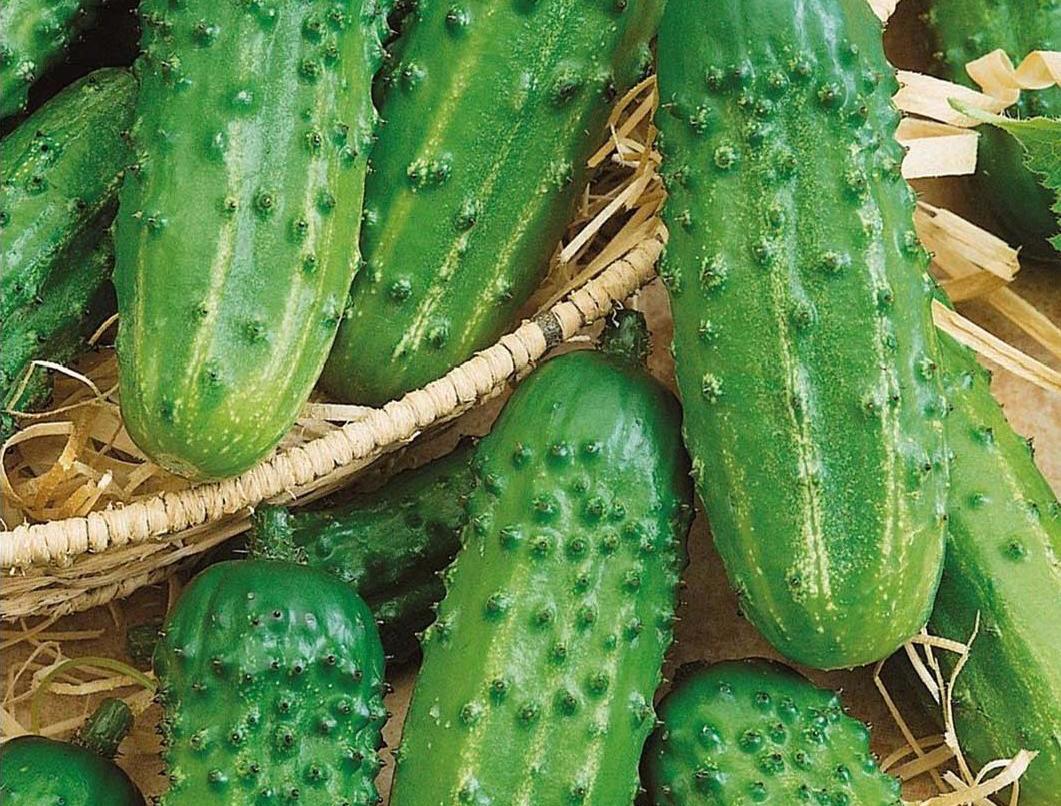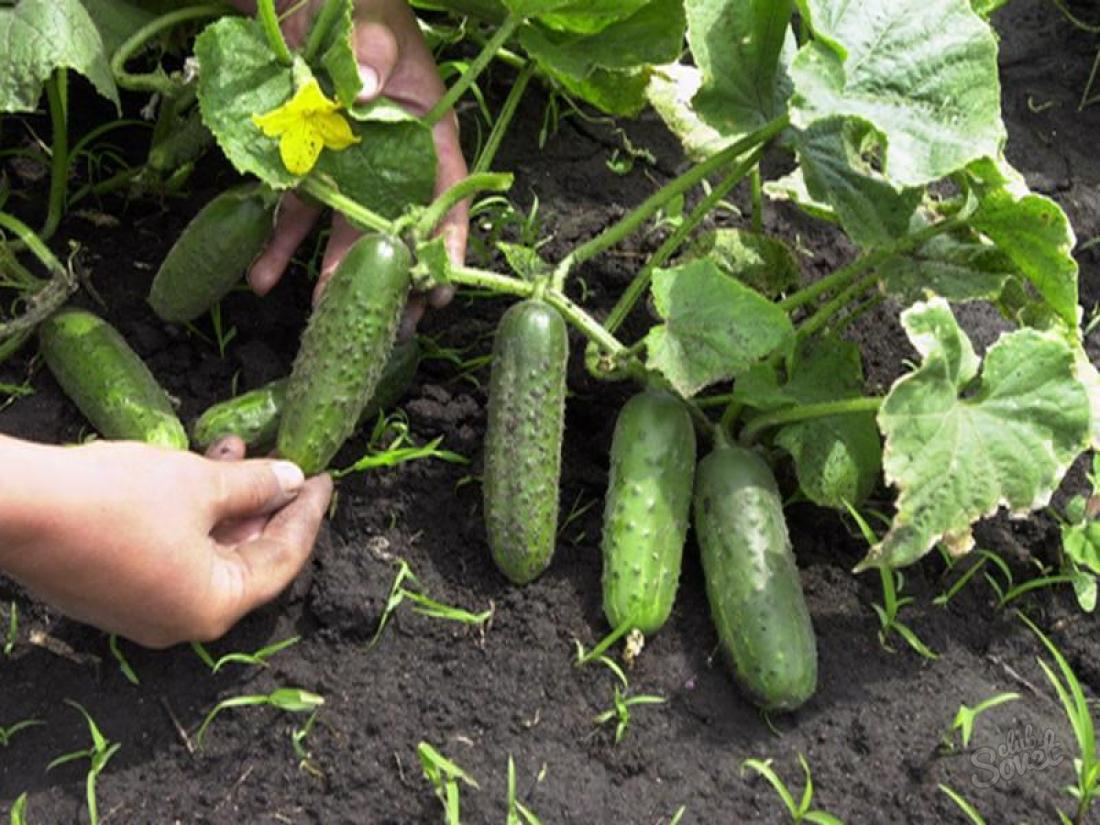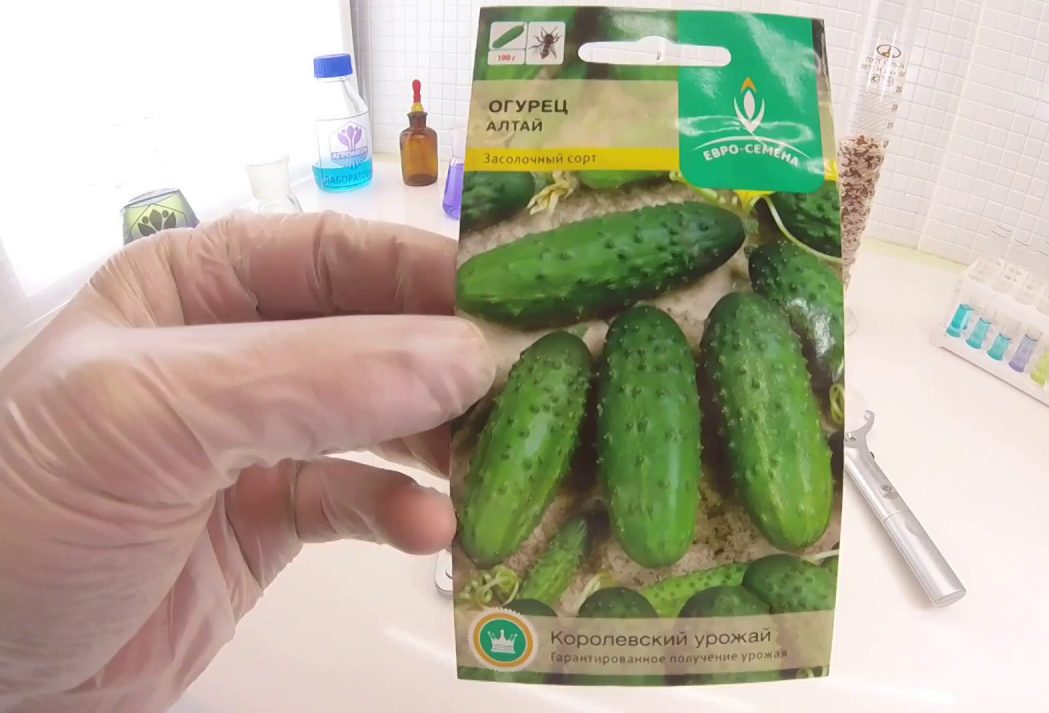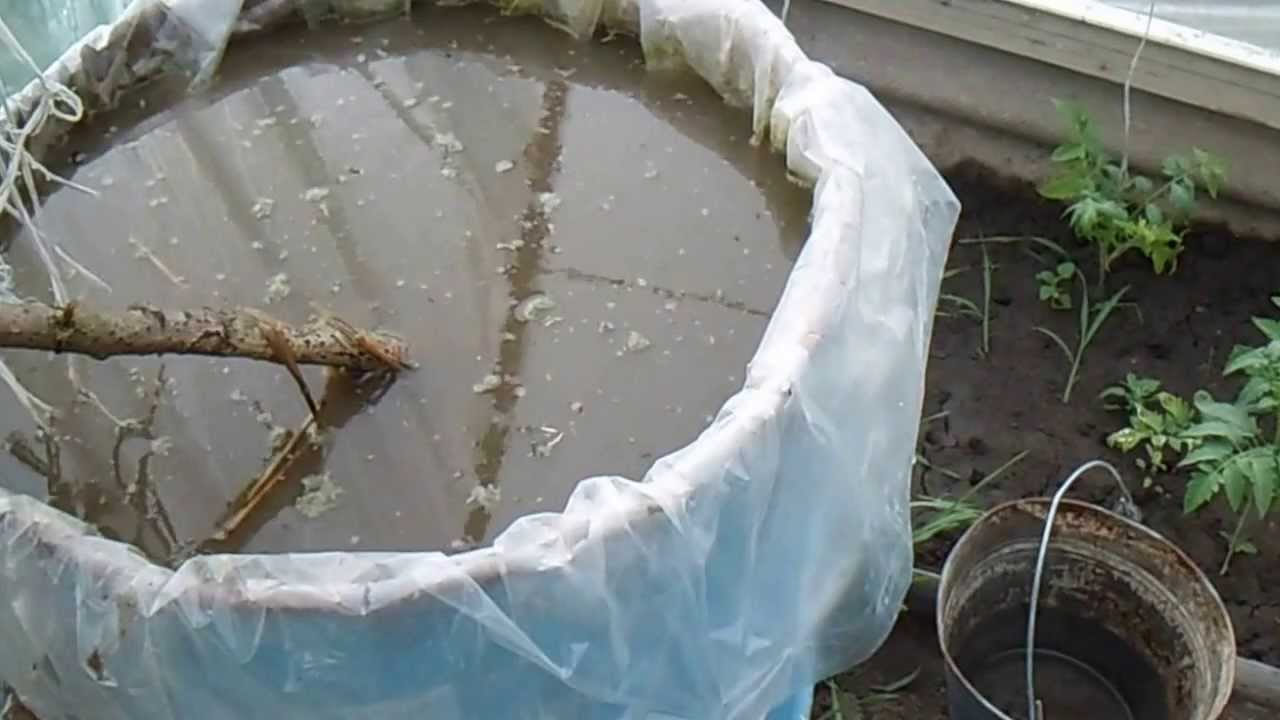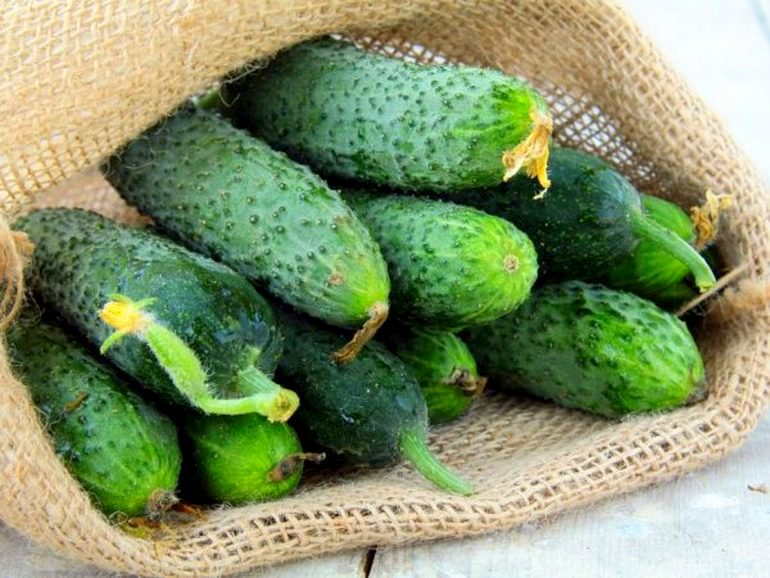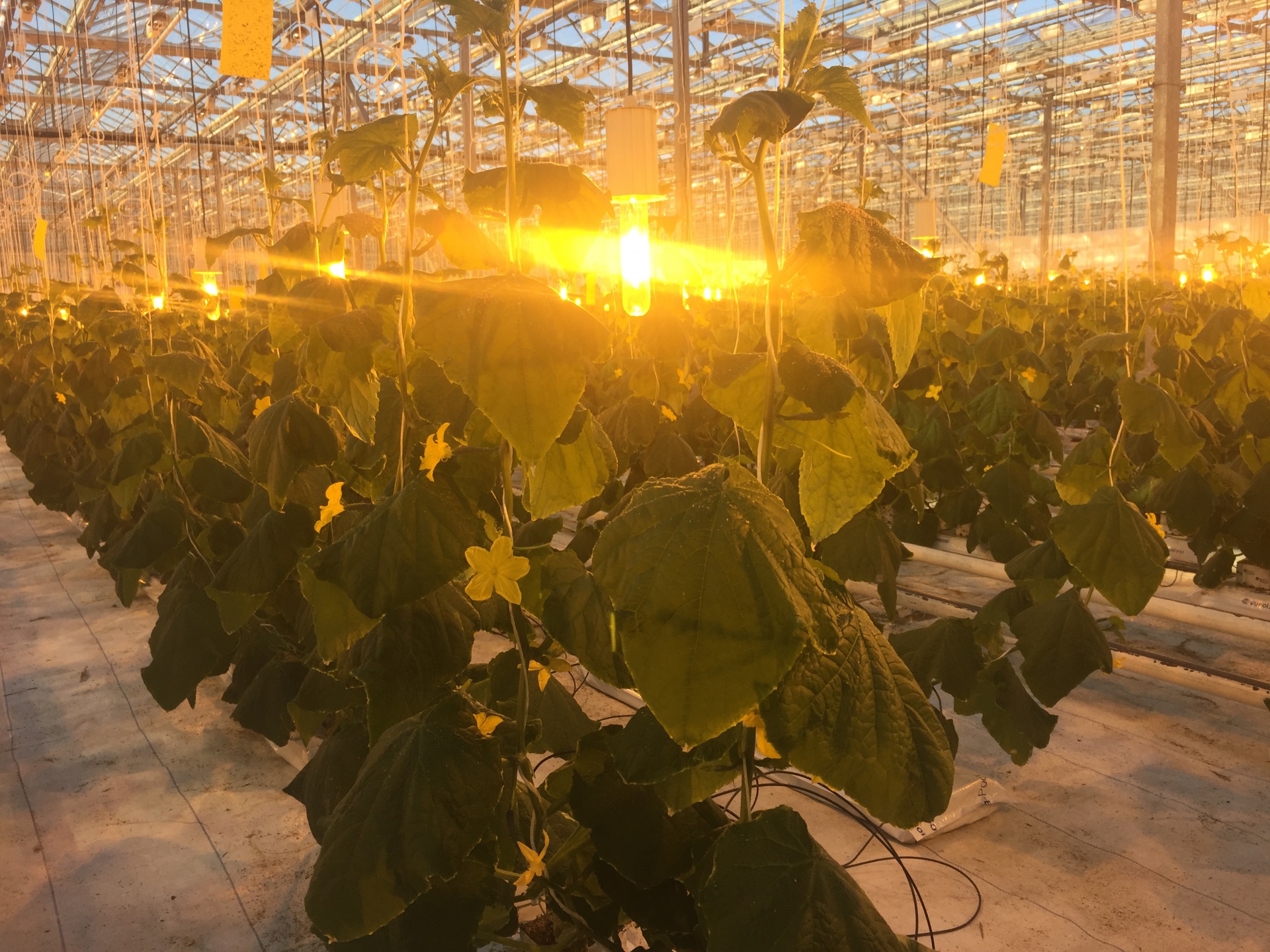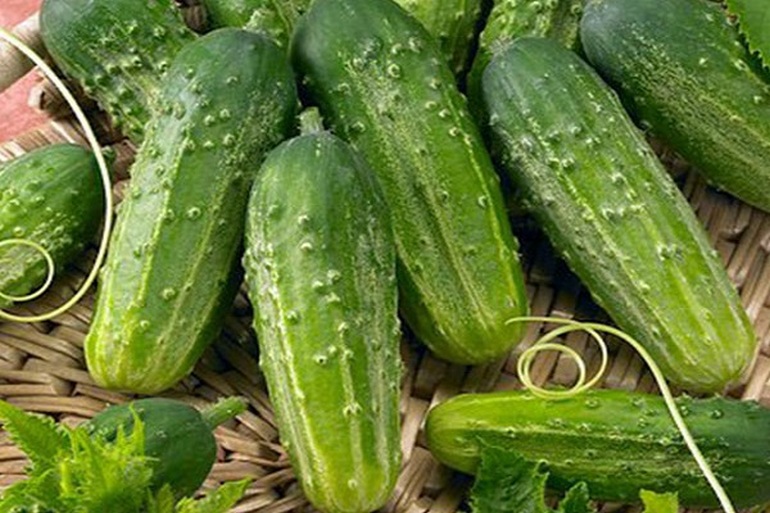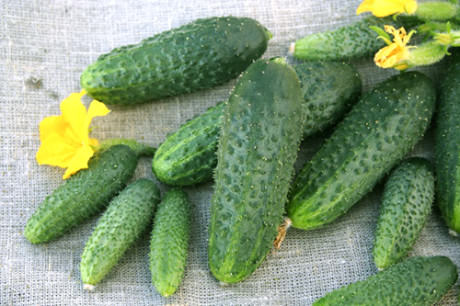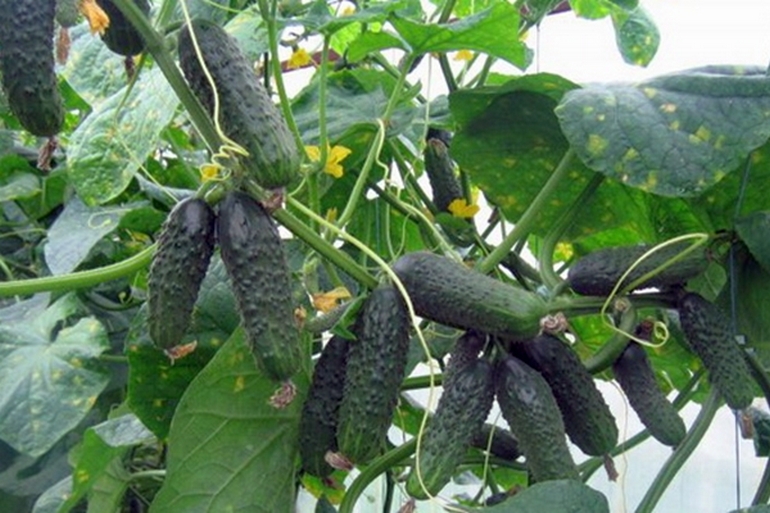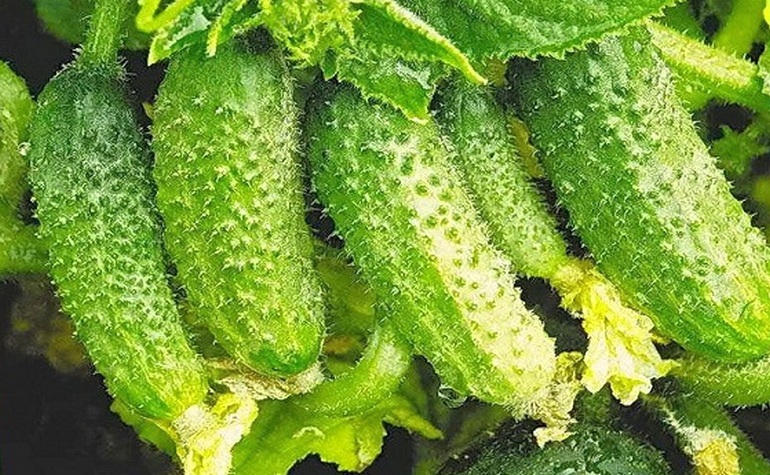Content:
Cucumbers are traditionally eaten fresh, all kinds of salads are prepared from them, pickled, salted, canned. The most popular are those varieties and hybrids of cucumbers that give high yields with minimal care.
One of these hybrids is the Altai cucumber - a variety that is distinguished by its yield, resistance to unfavorable climatic conditions, and can also be grown in Siberia and the Urals, where its fruits have time to ripen in a short summer.
Breeding history of the variety
Altai cucumbers were bred by breeders fruitfully working at the West Siberian Vegetable Experimental Station. This hybrid was created in the second half of the last century, and was entered into the State Register in 1981. The Altai cucumber is recommended for cultivation in the following regions of our country:
- Central;
- Volgo-Vyatsky;
- Uralsk;
- West Siberian;
- East Siberian;
- Far East.
The hybrid is recommended to be grown outdoors.
Description and main characteristics of Altai cucumber
In many regions of our country, climatic conditions are quite severe - frosty winters, long spring with frequent cold snaps, short summers. It is almost impossible to grow ordinary varieties of vegetables in the open field under such conditions. But even for greenhouses and greenhouses, even in the middle of the last century, there were practically no varieties of cucumbers, tomatoes and other varieties of vegetables loved by summer residents.
That is why breeders began to breed hybrids that would be frost-resistant, self-pollinated (so that they could be grown in greenhouses), and were also distinguished by early maturity and good yields.
The ripening period of the fruits is almost 1.5 months from the moment the first shoots appear until the first ripe fruits are harvested.
The bushes are medium climbing, the main shoot grows up to 1.3 m in length, subject to the basic rules of agricultural technology.
Stems are rounded or slightly faceted, small hairs are located along the entire surface of the lashes, therefore all shoots have medium pubescence.
Up to 3-5 lateral shoots grow on the main stem. Antennae grow from 4-5 knots on the shoots, with the help of which the lashes are attached to the supports. Bushes require mandatory formation, as well as tying (best of all to the trellis).
Numerous leaves are located on the stems alternately, their size is more than average, the average diameter is about 14 cm. The leaf blade is whole, richly emerald. However, if the plants do not get enough moisture (in hot and dry weather, for example), then the foliage "fades".
The root system of this hybrid is pivotal, the central root goes deep enough into the ground, small lateral roots covered with fine hairs extend from it. Usually, the main part of the roots is located at a distance of 20-24 cm from the soil surface, but the side roots can go in different directions parallel to the soil surface by 1.2-1.4 m.In greenhouses and greenhouses in conditions of high air humidity, additional roots can form near the base of the shoots, in internodes.
The flowers formed on the lashes are of two types: male and female, since Altai cucumbers are bee-pollinated. Each flower has 5 petals, the female flowers are larger than the male ones, the petals are yellow.
Both types of flowers appear on the lashes side by side, usually female flowers are located in the axils of the leaves (2 pieces at a time).
The characteristic of the variety will be incomplete without a story about ripening greens. Ripe fruits grow about the same size, their shape is oval, length - up to 10-12 cm, in diameter - no more than 5 cm.The weight of one green leaf is about 110 g. The skin is of medium density, with small tubercles evenly located on the surface of the fruit ... The number of seeds in fruits is reduced.
The taste of ripe Altai cucumbers is delicate, pleasant, bitterness is not felt even if the irrigation regime is violated, the aroma is typically cucumber.
The harvested crop has an excellent presentation, transfers transportation over a long distance, without losing marketability and taste. Keeping quality of zelents is good - at least 2-2.5 weeks they can maintain good appearance and taste.
Disease resistance - medium (in particular, bacterial spot).
The nuances of planting and growing a hybrid
Since this variety is zoned for cultivation in Siberia and the Urals, in which spring frosts can damage the emerging seedlings, it is recommended to pre-grow the seedlings of these cucumbers at home and plant them in open ground a month after the sprouts appear.
Requirements for planted seedlings:
- seedling height - up to 30 cm;
- hypocotal knee in height should not be more than 4.5 cm;
- the thickness of this knee is up to 1 cm;
- number of true leaves - 6 pcs.;
- the lower leaves are about 15 cm long.
In high-quality strong seedlings, internodes are shortened, stems are strong and strong, foliage is dark emerald. 1.5-2 weeks before planting in open ground, the seedlings should be hardened, in the first days they are taken out into the fresh air for a short time, but in the last 4-5 days it is recommended to leave it on the balcony or loggia constantly. Fortified and hardened seedlings will better take root in the beds in the garden, they will grow faster.
It is better to prepare a place for the beds for these cucumbers in advance, preferably in September-early October of the previous season. To do this, a large amount of fertilizer containing humus is applied for digging - all vegetable plants from the Pumpkin family are very fond of it. Usually, at least 10 kg of mullein or bird droppings, rotted compost or humus are applied for each m2.
In this case, by the spring, fertilizers will begin to decompose and release nutrients into the soil necessary for the growth and development of cucumber seedlings.
Planting and further care of Altay cucumbers does not fundamentally differ from the corresponding agrotechnical measures for other varieties of cucumbers.
Advantages and disadvantages of the variety
The main advantages of the Altai hybrid:
- high resistance to frost;
- unpretentiousness and resistance to weather disasters;
- ripe fruits are approximately the same size;
- gherkins are great for pickling and preserving;
- versatility of cucumbers;
- excellent marketability and taste;
- good keeping quality of the harvested crop;
- higher than average resistance to powdery mildew and cucumber mosaic;
- versatility of the variety.
The main disadvantages of this hybrid are low seed germination (less than 90%), the need to form bushes and tie them to supports. The variety is sensitive to the attack of "harmful" bugs, therefore, treatment of the whips with appropriate chemicals is required.
This early hybrid variety has remained popular among vegetable growers in the middle zone, Siberia, the Urals and the Far East for more than 3 decades, despite the fact that recently, hybrid cucumbers with higher resistance to diseases and pests have appeared.But Altai cucumbers, due to their resistance to weather changes, high yields, crop versatility and excellent marketability, still occupy one of the first positions in the ranking of popular varieties.
